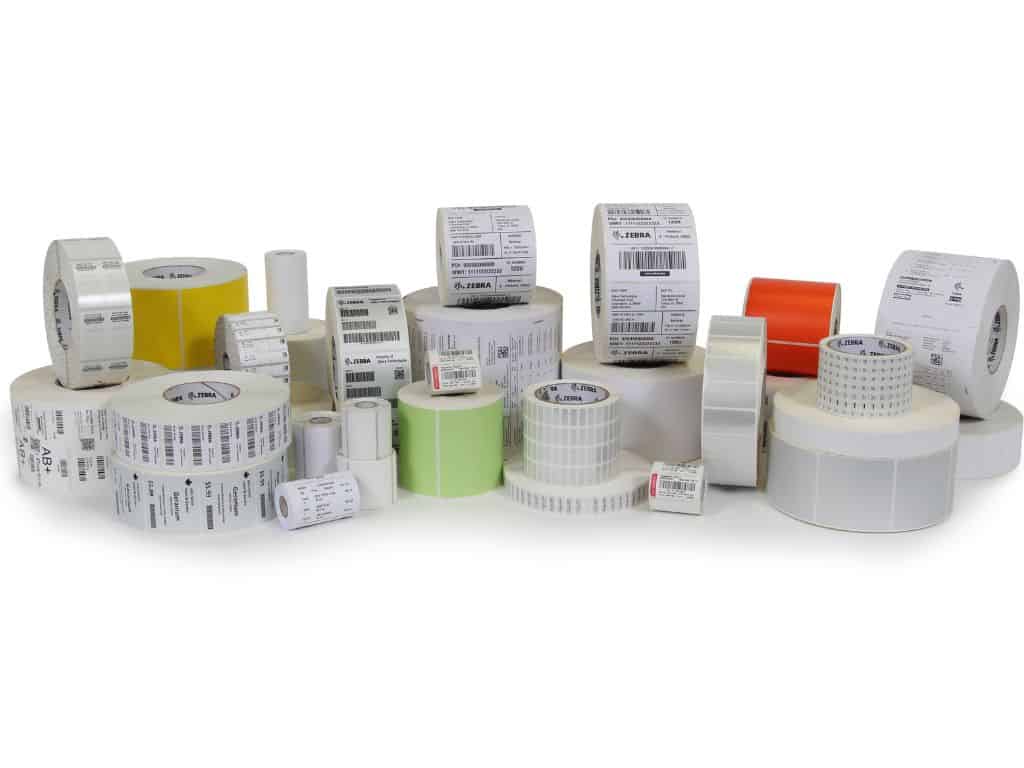Last year, the FDA’s unique device identifier (UDI) initiative passed an important milestone. As of last September, all Class III medical device manufacturers licensed under the Public Health Service (PHS) Act were required to have a UDI, including all Class III stand-alone software products. Manufacturers seeking an extension had to request so by last June.
With that first deadline past, medical device manufacturers must now prepare for upcoming 2015 and 2016 deadlines. The FDA UDI rule requires that most medical devices distributed in the U.S. carry a unique device identifier, including certain combination products that contain devices and devices licensed under the PHS Act, such as donor screening assays. The goal: to help the FDA identify product problems faster and perform more thorough recalls.
The UDI information must appear on the label in human-readable format, as well as in a manner that can be read via automatic identification and data capture, such as linear and 2D barcodes. FDA UDI data must include device identification, batch or lot number, expiration date, and manufacturer date. Both the Health Industry Business Communications Council (HIBCC) and GS1 have been accredited to assign UDIs and provide barcodes to manufacturers.
Over the next several years, the number of devices requiring a UDI will expand. As of Sept. 24, 2015, the labels and packages of implantable, life-supporting and life-sustaining devices also must bear a UDI. Those devices include such items at tracheal tubes, catheters, prostheses, and other items.
Those devices must have a permanent UDI marking on the device itself if they will be reprocessed and used more than once. Stand-alone software that falls under the life-supporting or life-sustaining device category must also have a UDI. Data for these devices must also be submitted to the Global Unique Device Identification Database (GUDID) database.
You can find a complete list of compliance dates here.
The FDA has provided extensions for certain types of devices. The agency already granted an extension for manufacturers of Class III contact lenses and intraocular lens labelers, who have until September of this year to meet the UDI requirements.
In November, the FDA announced that some implant labelers would have until September 2016 to comply. The exemption is for single-use implants that are sterilized before use, including a fairly large number of orthopedic implants, such as clips, fasteners, screws, plates, and other items.
The FDA UDI rule requires direct marking on some devices and package marking on others in cases where direct marking could affect the performance of the device. For single-use devices that are sterilized prior to use, the packaging may be discarded prior to implantation, thus breaking the UDI trail. The industry is developing solutions that can help track devices separated from their packaging. You can see the FDA letter outlining the policy here.
The FDA is also working with the industry to improve and accelerate the adoption of UDI, as well as its integration with electronic health record (HER) initiatives. The Brookings Institution created a roadmap for provider systems, payers, and other stakeholders for adopting UDIs, which is available for download.
The FDA, the Pew Charitable Trusts, and the Department of Human Services Office of the National Coordinator also hosted a meeting in December (Realizing the Benefits of UDI in Healthcare) where 400 experts convened to discuss better implementation of FDA UDI throughout the healthcare system.
The FDA UDI initiative has the potential to improve patient care and safety. Device manufacturers can also benefit through the existence of a standard identifier for managing recalls across the supply chain, and by leveraging device tracking capabilities that can help support other technology initiatives within the healthcare industry.









